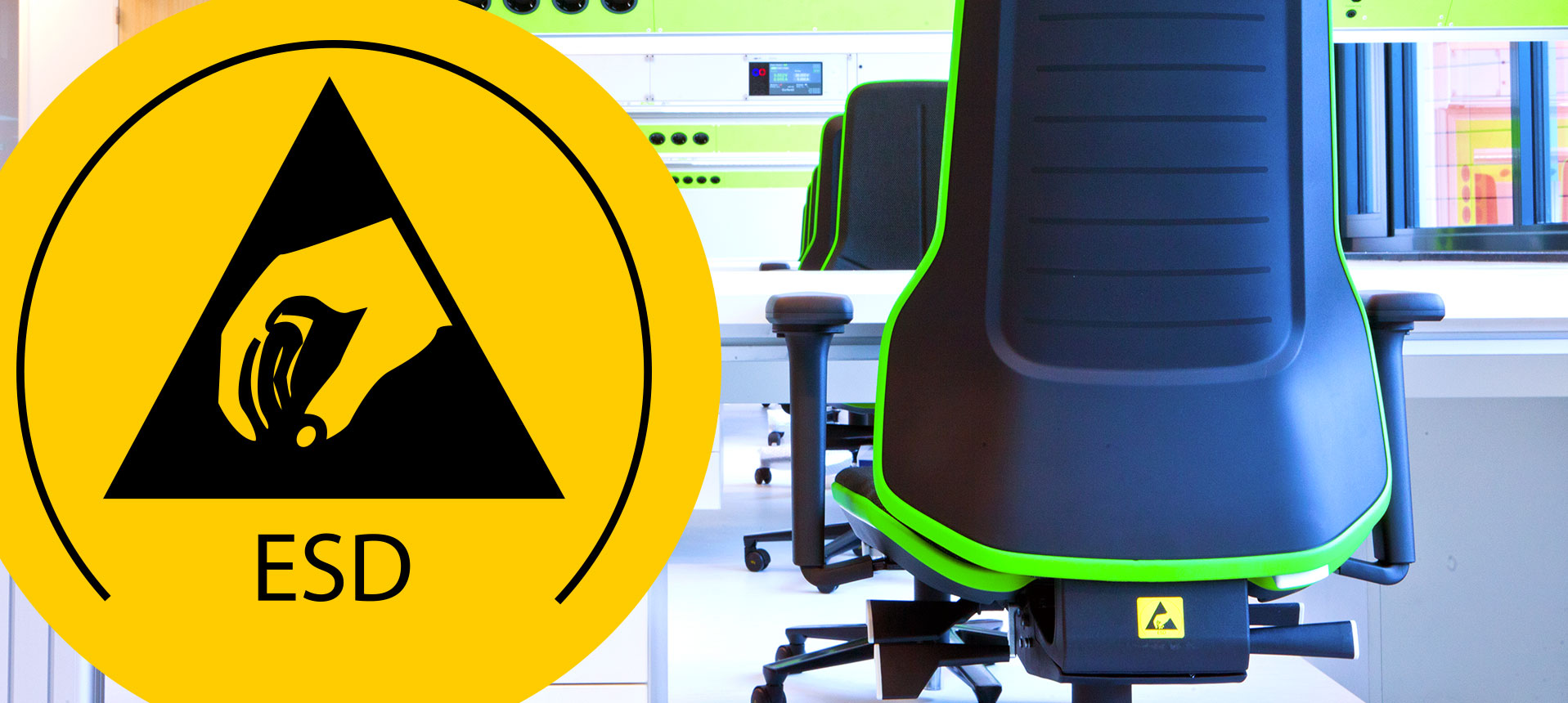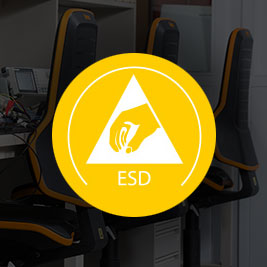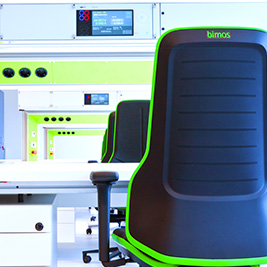
ESD: This is an abbreviation you have to know...
...to prevent charged situations in the workplace.
Electrostatic discharge, also referred to as ESD, is the sudden flow of electrical energy from one object to another, which may manifest as a visible spark. The voltage pulse that is caused by the discharge can damage or destroy electrical components. Consequently, when handling and working with sensitive components, implementing suitable protective measures to prevent an electrical charge building up on persons and the operating materials they use is vital. Uncontrolled electrical discharge can cause great damage to microelectronic components. This damage may cause the component to subsequently or immediately malfunction. Since electronic components are getting smaller due to the increased packing density of electrical circuits and the lower power required for this circuitry, components have become more susceptible to the effects of electrostatic discharge in equal measure. Their sensitivity to external influences is increasing substantially. There are various international standards for the area of ESD. The most important of these is DIN EN 61340, which provides essential information about the requirements for ESD protection zones and ESD workspaces. To prevent damage from ESD, all components at risk of damage from electrostatic discharge must be manufactured, processed, stored and packaged in an ESD-protected environment. An extensive range of ESD protection products are now available. ESD-protected workspaces conduct any charge that is present away towards the earth. This is made possible through the use of conductive tools, special chairs and tables, special work clothing, suitable floor coverings and ionised ambient air. Like any tool, the workplace chair is a highly specialised piece of working equipment. The requirements for a suitable ESD chair are also stipulated in the standard EN 61340-5-1. The provisions in the standard refer to both the upholstery and the volume-conductive plastics as well as steel parts with a conductive coating and volume-conductive castors and glides. All components must be connected with one another in such a way that reliable whole-product dissipation is guaranteed. It must be ensured that there is no electrostatic charge on the chair and that the charge transferred by the user is reliably redirected to the conductive floor. The requirements for ESD protection and the selection and combination of potential measures for ESD protection must not be left to chance. For this reason, these requirements are regulated, defined and stipulated in DIN EN 61340-5-1 – since only an ESD workspace that is DIN-standard-compliant is an ESD-protected workspace.
1

0
back to overview
 print
print


